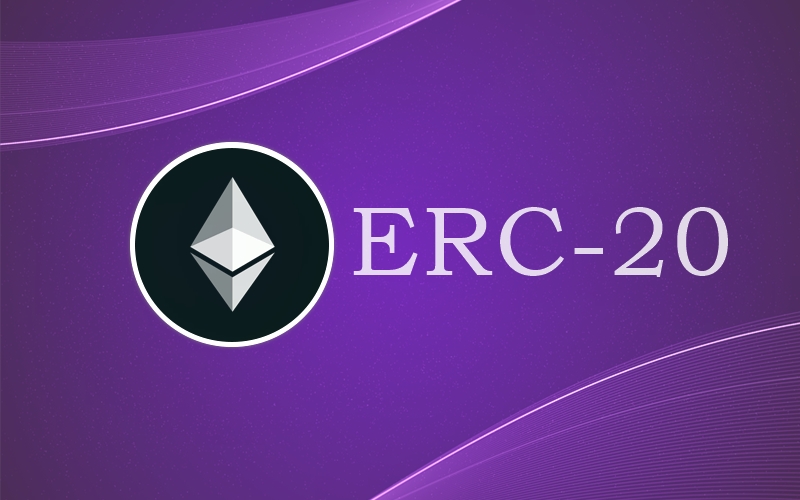Even if you’ve just started to get your bearings within the crypto space, there’s a good chance you’ve heard about Ethereum, a distributed and open-source blockchain network, famous for its cryptocurrency (the ETH token) and for its ability to run and host smart contracts.
What is ERC-20?
To make things even simpler, an ERC-20 token is just one of the multiple cryptocurrencies that are built on the Ethereum platform. The ERC-20 standard defines a common list of rules for Ethereum tokens, allowing developers to accurately predict the interaction between the tokens.
The ERC-20 token has the following method-related functions:
- totalSupply() public constant returns (uint);
- balanceOf(address _owner) public constant returns (uint balance);
- allowance(address _owner, address _spender) public constant returns (uint remaining);
- transfer(address _to, uint256 _value) public constant returns (uint remaining);
- transferFrom(Address _from, address _to, uint256 _value) public returns (bool success);
- approve(address _spender, uint256 _value) public returns (bool success);
There are also two events formats:
- Transfer(address indexed _from, address indexed _to, uint256 _value) (triggered when tokens are transferred)
- Approval (address indexed _owner, address indexed _spender, uint256 _value) (triggered when the approve function is called)
History of the ERC-20 token
The concept of ERC-20 tokens was first proposed by Fabian Vogelsteller on November 19, 2015. As mentioned above, it was proposed in order to provide developers with the ability to program how new tokens will function in accordance with one and another within the Ethereum ecosystem.
Crowdfunding companies and the massive number of ICOs (Initial Coin Offerings) help the Ethereum network during these past few years really made the ERC-20 token such a popular name within the cryptosphere.
Somewhere around the half of 2018, there were more than 100,000 ERC-20 token contracts. Some of the most successful ERC-20 tokens are EOS, Bancor, Qash, and Bankex.
Related aspects regarding ERC-20 functionality
On the Ethereum network, all tokens that include the necessary functions in their token implementation are deemed as ERC-20 tokens. Since ERC-20 tokens don’t have their dedicated blockchain and they “live” on the Ethereum platform instead, transferring ERC-20 tokens require that some Ethereum is spent as GAS.
The introduction of the ERC-20 standard on Ethereum has made the network a lot more streamlined. For starters, ERC-20 tokens reduce the complexity of understanding each type of token implementation, they enhance liquidity, and also reduce the risk of breaking contracts.
ERC-20 tokens have provided developers with a very easy way of creating crypto assets on the open-source platform called Ethereum. Of course, these tokens won’t take the place of fully fledged cryptocurrencies in day-to-day life. In fact, ERC-20 are utility tokens for their specific dApps. ERC-20, as a standard, acts as an universally-accepted “language.” It allows all tokens on the Ethereum blockchain to be traded one with another.
Conclusion
Without a doubt, ERC-20 tokens are a very important part of the current Ethereum ecosystem, as it makes the whole process of creating new tokens very easy. The standard has proved its worth by helping numerous projects get off the ground, as well as by bridging the gap between ICO projects, exchanges, and other parties within the crypto-sphere.
Ethereum’s team is already working on creating a new standard which should replace the de-facto ERC-20. The new standard will be called-223 and will most likely carry the future growth of the whole Ethereum network on its shoulders.
